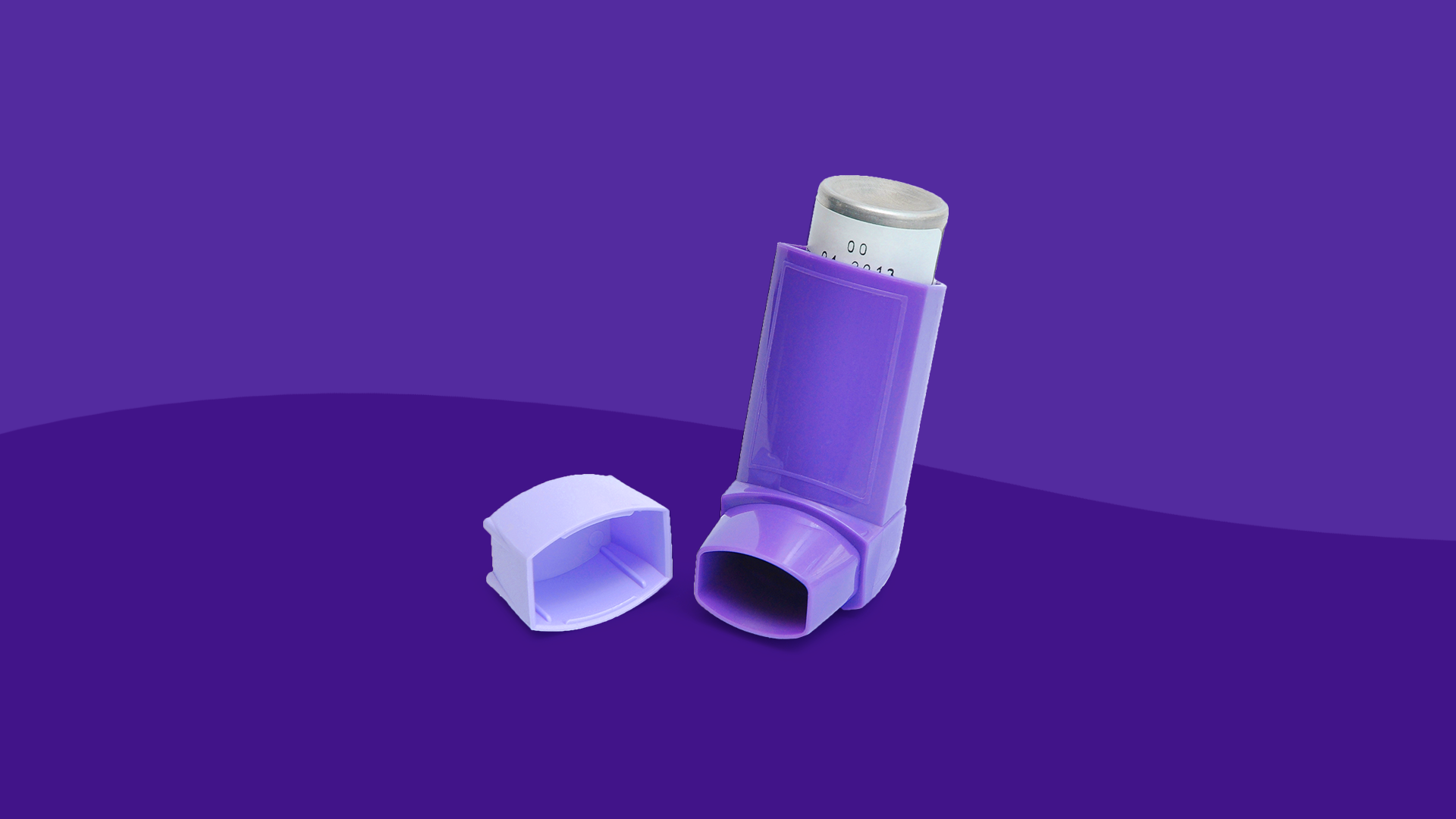Navigating Symbicort Side Effects for Informed Health Choices
In the realm of asthma and COPD management, Symbicort has emerged as a notable combination medication. This guide serves as a compass to navigate the potential side effects of Symbicort, providing you with a comprehensive understanding to make informed health decisions. By delving into both its benefits and potential drawbacks, we aim to empower you with the knowledge necessary to embark on your treatment journey with confidence.

Common Symbicort Side Effects: What to Expect
As you consider incorporating Symbicort into your treatment plan, it’s important to be acquainted with the range of possible side effects. Commonly reported effects may include mild headache, temporary throat irritation, and a sense of restlessness. These effects, while often temporary and manageable, highlight the body’s adjustment to the medication’s components.
Less Common but Serious Side Effects: When to Seek Medical Attention
While the majority of Symbicort users experience only mild or manageable side effects, it’s essential to be aware of potential serious reactions. Although uncommon, rapid heartbeat, chest pain, and allergic reactions require immediate medical attention. These symptoms signify an atypical response to the medication and necessitate prompt evaluation by a healthcare professional.
Long-Term Use and Risks: Unpacking Potential Complications
For individuals considering Symbicort as a long-term solution, a deeper understanding of potential risks is crucial. Prolonged use of corticosteroids, a component of Symbicort, can raise concerns about conditions such as osteoporosis and adrenal gland suppression. It’s important to recognize that healthcare providers closely monitor patients on long-term Symbicort therapy, adjusting dosages as needed to mitigate these potential complications.
Managing Side Effects: Tips for Minimizing Discomfort
Proactively managing and alleviating common side effects can significantly enhance your treatment experience. For instance, using a spacer device with your inhaler can enhance the medication’s delivery to your lungs, potentially reducing throat irritation. Drinking water after each dose can also aid in preventing dryness and discomfort.
Additionally, embracing a healthy lifestyle with balanced nutrition, regular exercise, and adequate hydration can complement your treatment journey by minimizing the impact of potential side effects.
Communicating with Your Healthcare Provider: Importance of Dialogue
Open and candid communication with your healthcare provider forms the cornerstone of an effective treatment plan. If you encounter any side effects or unusual symptoms, sharing this information allows your provider to tailor your treatment to your individual needs. They can offer guidance, make necessary adjustments, and ensure your well-being throughout your Symbicort journey.
Individual Variations: Why Side Effects Differ
Understanding that each individual is unique sheds light on the variations in how side effects are experienced. Factors such as age, overall health, genetics, and underlying medical conditions can influence how your body responds to Symbicort. Some may experience minimal side effects, while others might encounter specific reactions. Embracing this variability allows you to approach your treatment journey with patience and a realistic outlook.
Making Informed Choices: Weighing Benefits and Risks
The decision to include Symbicort in your treatment regimen requires a careful assessment of both its benefits and potential risks. Consultation with your healthcare provider is pivotal during this phase. Together, you can evaluate your medical history, current health status, and treatment goals. This collaborative process ensures that the benefits of symptom relief and improved lung function align with your individual risk profile.
By fostering this synergy between medical expertise and patient insight, you’re empowered to make a well-informed decision that resonates with your unique needs and aspirations.
Frequently Asked Questions About Symbicort Side Effects
Q: What is Symbicort used for?
A: Symbicort is a combination medication used to manage asthma and chronic obstructive pulmonary disease (COPD) symptoms.
Q: What are the common side effects of Symbicort?
A: Common side effects may include headache, throat irritation, and restlessness. These effects are often mild and temporary.
Q: Can Symbicort cause serious side effects?
A: While uncommon, serious side effects can occur. These may include rapid heartbeat, chest pain, and allergic reactions, which require immediate medical attention.
Q: How long do Symbicort side effects last?
A: The duration of side effects can vary. Common side effects typically subside as your body adjusts to the medication. Serious effects should be addressed promptly.
Q: Can long-term use of Symbicort lead to complications?
A: Prolonged use of Symbicort’s corticosteroid component may pose risks such as osteoporosis and adrenal gland suppression. Regular monitoring minimizes these risks.
Q: What can I do to manage throat irritation from Symbicort?
A: Using a spacer device with your inhaler and drinking water after each dose can help reduce throat irritation associated with Symbicort use.
Q: Should I continue Symbicort if I experience side effects?
A: It’s important to discuss any side effects with your healthcare provider. They can determine if adjustments are needed to ensure your treatment’s effectiveness.
Q: Can I adjust my Symbicort dosage to reduce side effects?
A: Dosage adjustments should be made only under the guidance of your healthcare provider. Self-adjustments can impact the medication’s efficacy.
Q: Are Symbicort side effects the same for everyone?
A: No, individual responses to Symbicort vary. Factors like age, health, and genetics influence how side effects are experienced.
Q: How can I make an informed decision about using Symbicort?
A: Consult your healthcare provider to assess benefits and risks based on your medical history. Together, you can tailor a treatment plan that aligns with your health goals.
Conclusion
In our exploration of Symbicort side effects, we’ve ventured into the realm of both benefits and potential drawbacks. Armed with this comprehensive understanding, you’re poised to embark on your Symbicort journey with confidence and insight.




